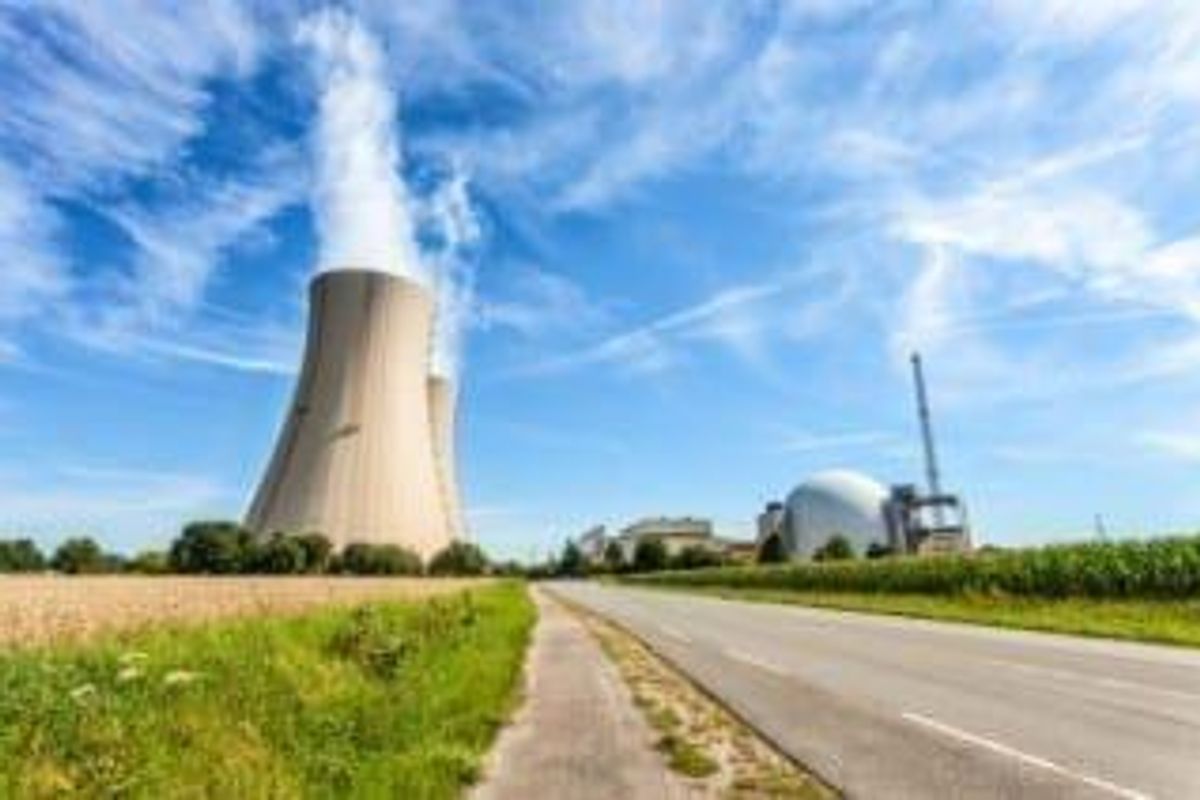
China has approved four more reactors, affirming nuclear energy as a must for the years to come.
Uranium spot prices slipped this week, falling a slight $0.20 to rest at $35.80 per pound of U3O8. Year-end discretionary buying has likely already transpired, and spot prices have been largely unchanged over the last few weeks.
As it stands, spot prices are just a hair above their 2014 close of $35.50 per pound.
Nuclear energy to curb global warming?
Though uranium market activity may be on the quiet side, there has been quite the buzz in the nuclear energy space of late.
With the 2015 United Nations Climate Change Conference (COP21) now over, it’s time for world leaders to start working toward the goal of keeping global warming under 2 degrees Celsius. For his part, John Barrett, CEO of the Canadian Nuclear Association, believes nuclear power is a potential game changer in terms of decarbonization.
Writing for The Globe and Mail, Barrett said that last year, 62 percent of grid-delivered power in Ontario was provided by nuclear energy — that’s compared to 24 percent from hydroelectricity and 4 percent from wind power. As a result, the province’s electricity is 90 percent clean, which Barrett believes is an “excellent model of how a mix of low-carbon energy technologies can provide secure energy supply for a modern economy.”
He also thinks that Canada’s considerable infrastructure and facilities should allow it to conduct further advanced research and development in the clean energy field. He feels that in “[o]pening these facilities for international collaboration under the auspices of the Climate Change Innovation Council would bring scientists from around the world to research together the technologies needed to stabilize the climate.”
China approves nuclear reactors
More moves in nuclear power were made this week when China’s State Council approved the construction of four more nuclear power generators. All in all, eight nuclear reactors have been cleared for construction in 2015, and the country anticipates building as many as eight nuclear power plants every year from 2016 to 2020. That will involve investing some $77 billion in next-generation reactors over the course of the next five years.
Speaking to Bloomberg, Shi Yan, a Shanghai-based analyst with UOB-Kay Hian, commented that China’s nuclear expansion “is back on the right track now, especially with this late-minute approval from the government.” The analyst also noted that the Chinese government is trying to build some momentum for its nuclear sector this coming year.
Company news: Cameco and Fission 3.0
A rock fall at Cameco’s (TSX:CCO,NYSE:CCJ) Rabbit Lake operations this week has resulted in the suspension of underground mining, at least in the interim.
While structural issues at underground mines are troubling, Cantor Fitzgerald analyst Rob Chang said in a note to clients that it’s “too early to draw any long term negative conclusions from this event.” He anticipates that the issue will be resolved in weeks and not months, unless it is a significant structural issue.
Last week, Fission 3.0 (TSXV:FUU) announced the addition of nine new properties and expansions to eight existing properties. The company has continued with its objective of staking areas that have the potential to host high-grade uranium deposits. With the addition of the new properties, Fission 3.0 now has a total of 27 projects comprising a total of 343,116 hectares. Overall, 26 projects are located in the prolific Athabasca region.
Securities Disclosure: I, Vivien Diniz hold no investment interest in any of the companies mentioned.





